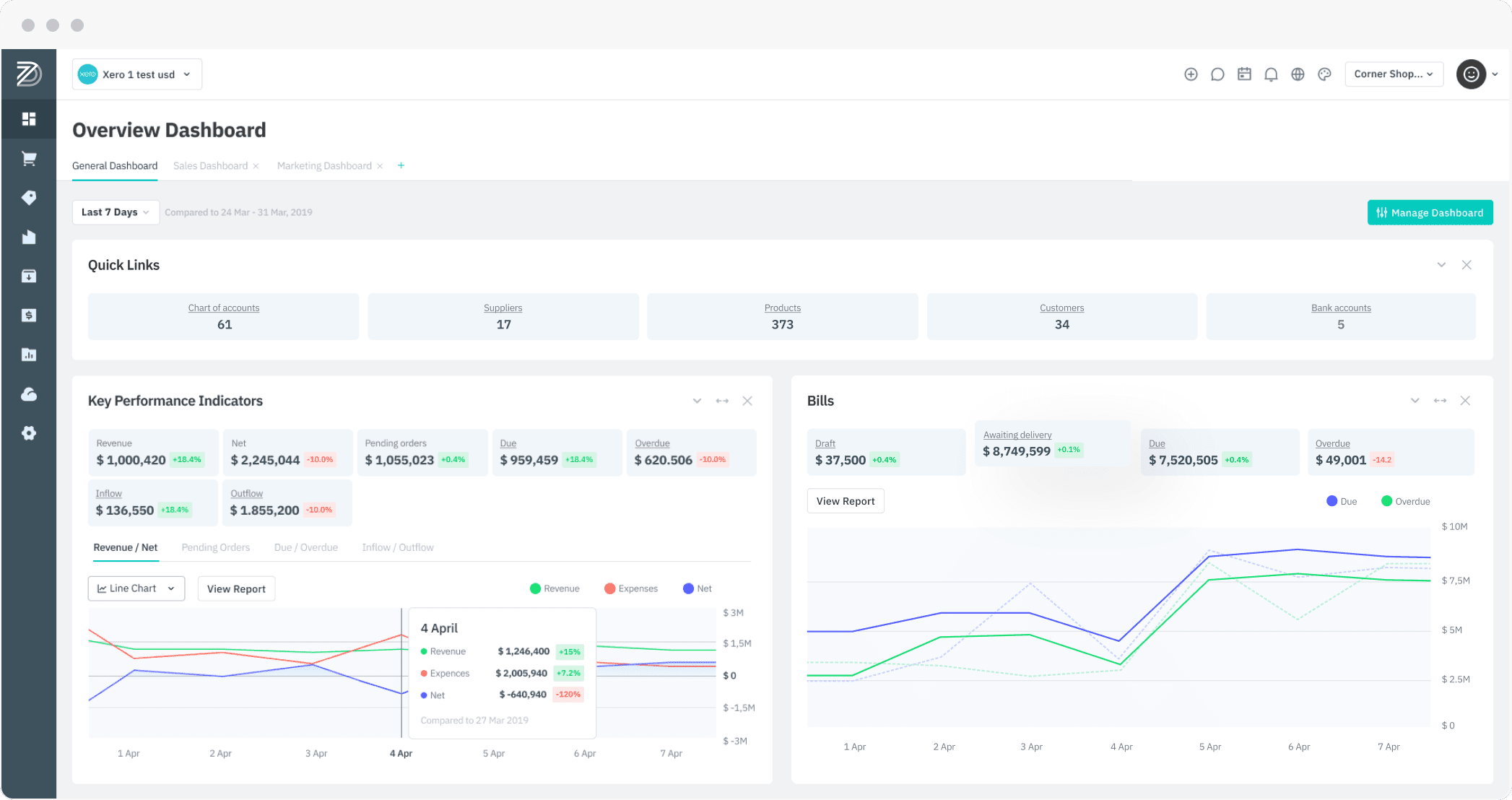When it comes to getting your inventory, there are two ways to do it: one is called push and the other pull. The one you end up with will depend on the size of your company and your needs; both directly affect costs for ordering inventory and storage. We’re going to learn the difference between these two systems, find out the pros and cons of each, and figure out which one is best for your business.

What is the push inventory system?
With the push system, a company or manufacturer has a stockpile of products on hand ready for orders. The level of this stockpile is determined by forecasting the quantity of goods needed (i.e., a company will have a good idea of the orders it’s going to get). It’s as if products are “pushed” from the manufacturers to the rest of the supply chain, and that’s where the name comes from.
The main advantage of the push system is that companies are dealing with bulk. Ordering in bulk or manufacturing in bulk saves money because it’s ultimately a cheaper way of obtaining goods. Having sufficient stock means that orders can be filled without delay.
But there is a downside to this system. If the forecasting proves to be inaccurate or customer demand falls off – and either are very real possibilities – the company is going to be left holding a lot of stock it won’t be able to shift. That could be very costly for a business, and it could even be disastrous.
Who should opt for a push inventory-control system?
For push systems to work well, a company needs to be large enough to warrant carrying a large stock of goods, and it has to have been around long enough to have a good idea of future customer demand. Future demand is gleaned from data a business has accumulated on customer buying habits. To be of any use, this data has to go back a while—a year at a minimum.
But because best-laid plans can go wrong and inaccurate forecasting can leave stock unsold, a company has to be profitable enough to be able to absorb the losses incurred should that happen. That means having to have enough cash reserves on hand. Of course, it’s possible for leftover stock to be sold at a later date, but a company has to have the finances and storage to wait for that.
What is the pull inventory system?
Companies that use the pull system only source their goods when they have an order to fill. So instead of “pushing” goods out, they’re “pulling” them in. It’s sometimes referred to as the “just in time” (JIT) system, which is appropriate.
Because goods are only acquired from a supplier when there are orders, upfront costs are greatly reduced. There’s no bulk buying, no need for a storage facility, and no possibility of being left with unsold items.
But the system only really works if suppliers get their goods out right away, so ideally they should be local. If they’re overseas and take an extended period to deliver to the sales company, fulfillment time will be stretched, customers will be unhappy, and the sales business could end up with a bad reputation. None of that is good.
Who should opt for a pull inventory-control system?
The pull system is best for small businesses that have limited budgets to work with. When goods are only sourced from a supplier when there are customer orders to fill, upfront costs are minimal. Plus, the immediate turnaround of goods means there’s no need for a lot of storage space.
Pull is also a good idea for companies that haven’t been around for very long. A new company won’t have enough data to make useful forecasts on their inventory needs. They won’t be able to make good decisions about which items to buy in bulk.
Push vs. pull system
Now that you are familiar with both push and pull systems, let’s compare them:
| Criteria | Push system | Pull system |
| Definition | In a push system, manufacturers anticipate the demand and then push the products through the supply chain. | In a pull system, a business sources the products only after receiving an order from a customer. |
| Driving force | Forecasted demand | Current demand |
| Key advantage | Surplus inventory in stock | Lower upfront costs and not much need for storage |
| Main drawback | Push systems require accurate forecasting and advance purchasing | There’s a chance that stock could run out |
Use DEAR Systems for better inventory control
Whether you go for the push system or the pull one, DEAR Systems inventory management software should be part of your setup.
DEAR Systems is a good way to get better control over your inventory. It lets you know what’s happening to it at every stage of the fulfillment process, and it can generate reports of your data in any configuration. These reports are useful in so many ways. They can let you know what’s happening to your inventory as it’s moving through your system, and they can provide you with the accurate forecasting you need to buy ahead.
A real bonus is that DEAR’s software can be programmed to detect when the stock of an item is running low, and send out a purchase order for more of it automatically when it does. You’ll save on labor costs and reduce the risk of stockouts.
To learn more about DEAR Systems and how it can give you greater control over your inventory, call one of our experts today.






